Leslie Ferris Yerger shares her dense breast screening experience with Society of Nuclear Medicine and Molecular Imaging.
“Published August 26 in the Journal of Nuclear Medicine Technology, the criteria were developed by a workgroup of 10 experts convened by the Society of Nuclear Medicine and Molecular Imaging (SNMMI) and included representatives from the American College of Radiology (ACR), the American College of Nuclear Medicine (ACNM), the Society of Breast Imaging (SBI), the American Society of Breast Surgeons (ASBS), the American Society of Clinical Oncology (ASCO), and the European Association of Nuclear Medicine (EANM).”
View and download AuntMinnie story here.
View and download SNMMI Appropriate Use Criteria for Molecular Breast Imaging (MBI) summary.
Katie N. Hunt, Amy Lynn Conners, Lacey Gray, Carrie B. Hruska, Michael K. O’Connor
Abstract: Molecular breast imaging–guided biopsy using a dual-head system with retractable upper detector head was feasible and efficient.
Do you have dense breasts? Download this informational handout on how MBI Boosts Early Detection.
CONELLIA HA, MD; MARCELLA DISCIULLO; STANLEY B. POLLAK, MD
Stanley B Pollak, MD; Susan Coletta, RT(M), CB-NI ; Conellia Ha, MD
Beatriz E Adrada, MD, Tanya Moseley, MD, S Cheenu Kappadath, PhD, Gary J Whitman, MD, Gaiane M Rauch, MD, PhD
Abstract: Molecular breast imaging (MBI) is an increasingly recognized nuclear medicine imaging modality to detect breast lesions suspicious for malignancy. Recent advances have allowed the development of tissue sampling of MBI-detected lesions using a single-headed camera (breast-specific gamma imaging system) or a dual-headed camera system (MBI system). In this article, we will review current indications of MBI, differences of the two single- and dual-headed camera systems, the appropriate selection of biopsy equipment, billing considerations, and radiation safety. It will also include practical considerations and guidance on how to integrate MBI and MBI-guided biopsy in the current breast imaging workflow.
Full Article in Journal of Breast Imaging, Volume 2, Issue 5, September/October 2020, Pages 484–491
Deborah J. Rhodes, MD
With the passage of a 2019 US federal law directing FDA to ensure that mammography facilities provide a summary to patients categorizing their breast density and explaining how it can influence mammography accuracy, providers will increasingly be called on to discuss the options for supplemental screening. Numerous studies have elucidated the extent of masking that occurs with mammography screening in dense breasts when mammography is compared with other supplemental screening modalities. Despite this evidence, there is currently no consensus among experts or imaging societies as to whether or with what supplemental screening should be performed, leaving providers to counsel patients regarding the balance of benefits and harms.
Full Article in Menopause: January 2020 – Volume 27 – Issue 1 – p 110-112
Elizabeth H. Dibble1, Katie N. Hunt2, Eric C. Ehman2 and Michael K. O’Connor
OBJECTIVE. The purpose of this article is to review clinical uses and image interpretation of molecular breast imaging (MBI) and clarify radiation risks.
Full Article in American Journal of Roentgenology. 2020;215: 277-284. 10.2214/AJR.19.22622

